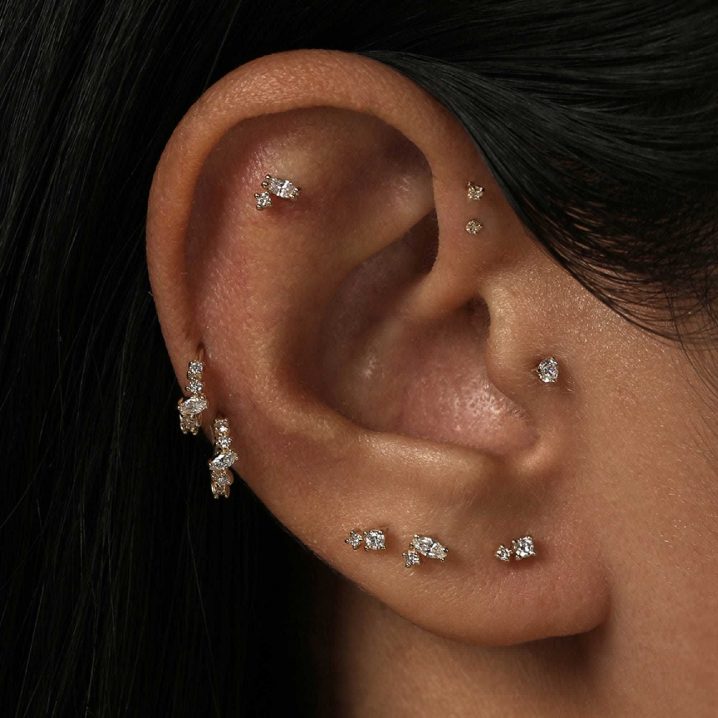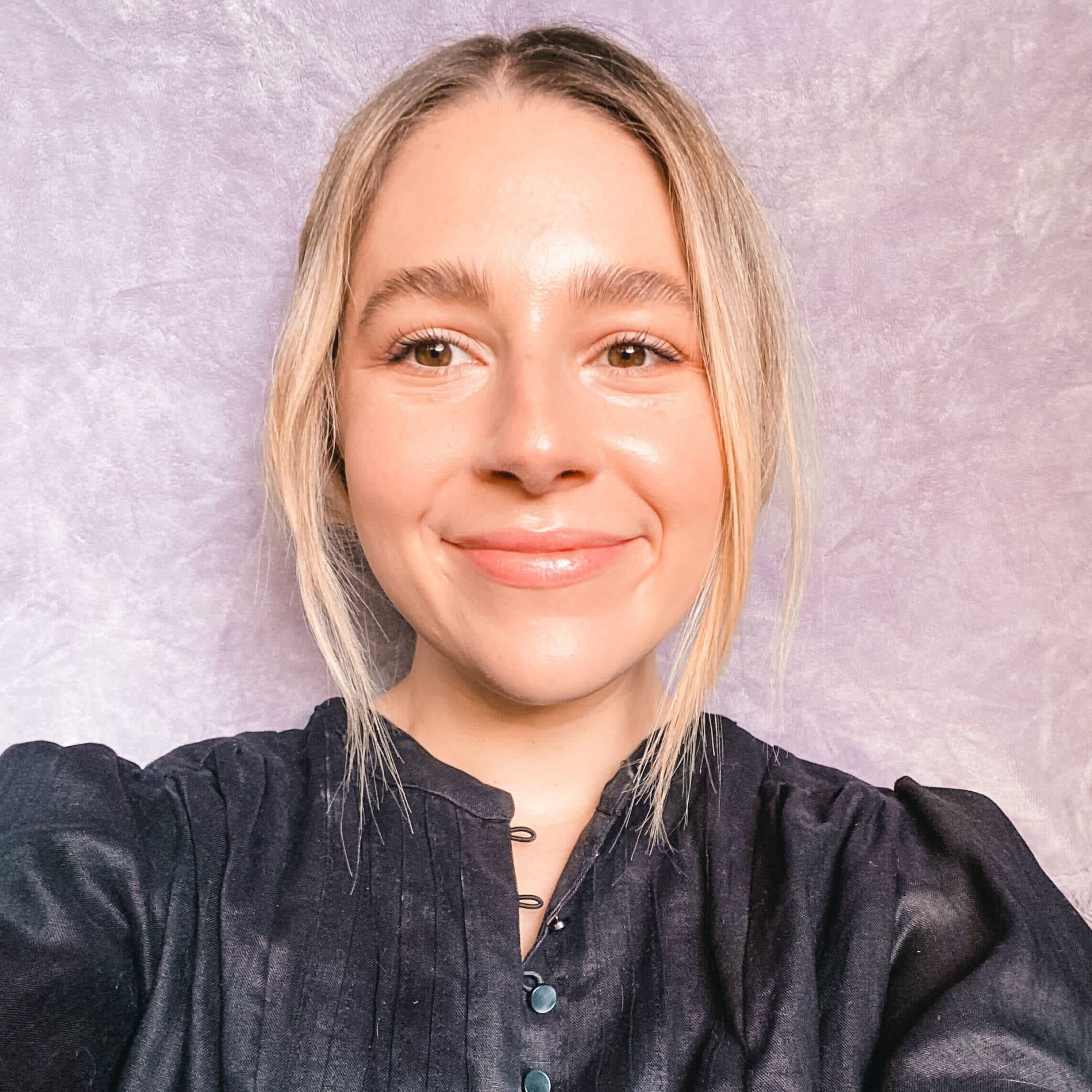
- POPSUGAR Australia
- Beauty
- Why Needle Piercing Is Always Better Than the Piercing Gun
Why Needle Piercing Is Always Better Than the Piercing Gun


For most people, getting your ear lobes pierced is a rite of passage. So too, is heading down to your local chemist to have your ears punctured by way of a plastic gun in the middle of the shop floor. Choosing some studs that feature your birthstone was optional (but also highly recommended), and I know I’m not the only one who walked out of the store afterwards feeling dizzy, sick, and with a pair of bright red lobes to show for it.
Piercing has changed a bit in the past decade, and, while I’m sure you could still get a quick job done at the chemist or local dress jewellery store, we have more options now. For this, we’re extremely thankful.
Enter: the SARAH & SEBASTIAN Piercing Lab.
After a traumatic first (and only) experience with piercing as a teenager, I was nervous to visit the chic piercing studio in Sydney’s Paddington. In short, it was actually a really pleasant experience. When I arrived at the store, I was whisked down into the basement room to discuss my piercing placement, what jewellery I was after, and was even handed a crisp bottle of sparkling water.
The conversation soon turned to how the piercing would actually be done and, since my only previous experience was the horrific chemist piercing gun experience I described above, I was pleasantly surprised to find out that all piercings at the SARAH & SEBASTIAN Piercing Labs are completed by way of a needle, internally threaded earrings, and completely sterile instruments.
To find out exactly why you’ll never find a piercing gun or cartridge system in the hand of a body piercer at the SARAH & SEBASTIAN Piercing Labs, we caught up with Sarah Munro and Robert Sebastian Grynkofki, SARAH & SEBASTIAN’s Co-Founders and Creative Director and Managing Director.
Are Needle Piercings Safer Than Those Done With a Piercing Gun?
There are three main reasons needle piercings are safer than those done with a gun or cartridge system: it’s more hygienic, allows for greater precision of placement, and also causes less trauma and pain to the piercing site.
“Piercings conducted with a gun or cartridge system use excessive pressure to force pointed earrings (which are relatively dull compared to the sharpness of piercing needles) through tissue, which can cause what is medically referred to as blunt force trauma,” explains Munro, who adds that this can lead to severe scarring. “Piercing needles, on the other hand, are hollow and extremely sharp so they create a clean hole and push tissue aside to create space for the jewellery.”
Munro explains that the SARAH & SEBASTIAN body piercers only use single-use, extremely sharp, sterile piercing needles. From the perspective of the person actually getting the piercing, it feels like a much smoother experience, for a few reasons. First, you don’t have that loud bang go off when the piercing takes place and it also feels smoother, with the needle “swooshing” through the piercing site, rather than barging its way through.
As for the hygiene aspect, there’s one key difference. “Piercing guns are made from plastic, so they also cannot be sterilised in an autoclave, which is what we use to sterilise our tools and jewellery — so there may be bacteria present, which can lead to infection,” says Munro. “This is particularly an issue for cartilage piercings, as there is reduced circulation in cartilage so the risk of infection is higher.” It’s also worth noting that while stores that use piercing guns train their staff, they’re not held to the same high standards as registered body piercers.
“Our Piercing Service Manager is a member of the Australasian United Professional Piercers, an organisation dedicated to the dissemination of vital health and safety information about body piercing within Australia,” says Grynkofki, adding that their Piercing Labs are also purpose-built to be a safe and sterile environment for piercings, which are (let’s face it), invasive.
What Is the Process of Getting a Needle Piercing?
The process of having it completed by needle or gun isn’t too dissimilar for the person actually getting the piercing, though there are a couple of obvious differences. For example, I was able to lay down while getting pierced — great news, since I am terrified of fainting — and appreciated being in the capable hands of an experienced and well-trained piercer, as opposed to a well-meaning but not very experienced chemist shop assistant.
“Our piercers firstly perform an anatomical consult and determine the appropriate jewellery with the client,” explains Munro. “After discussing any risks or precautions, our piercers clean the ear and mark the new piercing placement for confirmation by the client. A sterile drape is then placed over the side of the face, with a small window exposing the ear.”
This ensures a sterile environment and allows the piercer to focus on the anatomy. I also loved having the drape blocking out my peripheral vision, because I certainly didn’t want to see the needle prior to piercing. “The needle is then gently pushed through the ear and 18 karat gold jewellery is inserted using a taper, and is secured by threading the front of the earring into the internally-threaded post.”
It’s worth noting that needle piercings carried out at studios will almost always cost more than those done with piercing guns at the chemist, so it might be a bit out of reach for some people. That said, arming yourself with the facts ahead of time is always a great idea.

